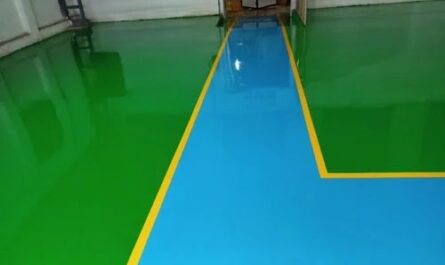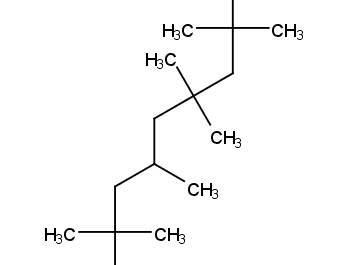Thermoforming is a manufacturing process where a plastic sheet is heated to a pliable forming temperature, formed to a specific shape in a mold, and trimmed to create a usable product. Known as thermoformed plastics, this processed plastic has enabled innovative packaging designs while reducing material waste. Let’s take a closer look at thermoformed plastics and how their unique properties are beneficial for various packaging applications.
Types of Thermoformable Plastics
Several types of plastics can be thermoformed, with their properties determining suitable end uses. Some common thermoformable plastics include:
– Polyethylene Terephthalate (PET): Clear and durable PET sheet is often used for food packaging like drink cups and containers. It has good clarity, stiffness, and moisture barrier properties.
– High-Density Polyethylene (HDPE): A workhorse plastic, HDPE sheet is low-cost and can be used for durable packaging of household goods, toys, and other durable items. It has good impact resistance.
– Polystyrene (PS): Clear and rigid PS sheet is often used for packaging electronics and other breakable items. It provides good clarity and cushioning ability.
– Polypropylene (PP): Similar to HDPE but more heat resistant, PP sheet is suitable for hot-filled food packaging like yogurt containers. It is stiff, shatter-resistant and recyclable.
– Polyvinyl Chloride (PVC): Low-cost PVC sheet provides moisture and chemical resistance for packaging of industrial and agricultural products. It is flexible and can be made into intricate shapes.
Thermoforming Process and Key Benefits
In thermoforming, a plastic sheet is first heated to 180-250°F using Infra-red or conduction heating methods. It is then placed into a forming mold or vacuum forming equipment. Air pressure or vacuum is applied to push or pull the softened plastic tightly against the mold contours. The formed item is then trimmed and finished.
Compared to injection molding, thermoforming is more efficient for short production runs as it uses standardized sheet plastic and doesn’t require tooling changes. Some key benefits of thermoformed plastics include:
– Cost Effectiveness: Minimal plastic waste as sheets are used and tooling costs are lower than injection molding.
– Design Flexibility: Complex shapes can be formed from a single sheet. Intricate packaging designs are possible.
– Durability: Formed packages retain their rigidity better than pouches or bags made from films.
– Protection: Containers provide cushioning and protect fragile contents from damage.
– Recyclable: Thermoformed plastics are entering recycling streams in large volumes which helps close the loop.
Common Thermoformed Packaging Applications
With their versatile forming abilities and inherent properties, thermoformed plastics are widely used across many industries for innovative packaging solutions. Some examples include:
– Food Packaging: Deli containers, drink cups, yogurt and eggtray packs, produce baskets are common items thermoformed from PET, PP, PS and other plastic sheets.
– Consumer Electronics: Mobile phone, tablet and electronic accessory boxes are thermoformed from rigid PS sheets for protection against shocks.
– Medical Devices: Procedure trays, medical instrument packs and other sterilization packaging uses thermoformed PET and PP containers and lids.
– Cosmetics: Compact cases, sample packs and cream jars leverage thermoforming design to present products attractively while preventing leaks.
– Automotive: Battery cases, connector packs and small componentry are often thermoformed from durable plastics like PC/ABS and PC/PBT blends.
Environmental Sustainability of Thermoformed Plastics
Several factors make thermoformed plastics a resource-efficient choice for packaging applications. Minimal trim waste is generated in the process and can be recycled. Use of sheets also requires less resin input than other plastic forming techniques. Packages made from PET, PP and HDPE can be recycled in many regions, significantly improving sustainability. Overall, thermoformed plastics facilitate innovative designs while enabling a closed-loop circular economy model for packaging.
Conclusion
With a combination of design flexibility, protective qualities and efficient manufacturing process, thermoformed plastics have transformed packaging for various industries. Continuous material and process innovations will further reduce thermoforming’s environmental footprint. As recycling infrastructure expands globally, these sustainable plastic packages will keep components safe as well as close the loop in a true circular economy approach. Thermoformed plastics are certainly shaping the future of innovative yet eco-friendly packaging worldwide.
*Note:
1.Source: Coherent Market Insights, Public sources, Desk research
2.We have leveraged AI tools to mine information and compile it




